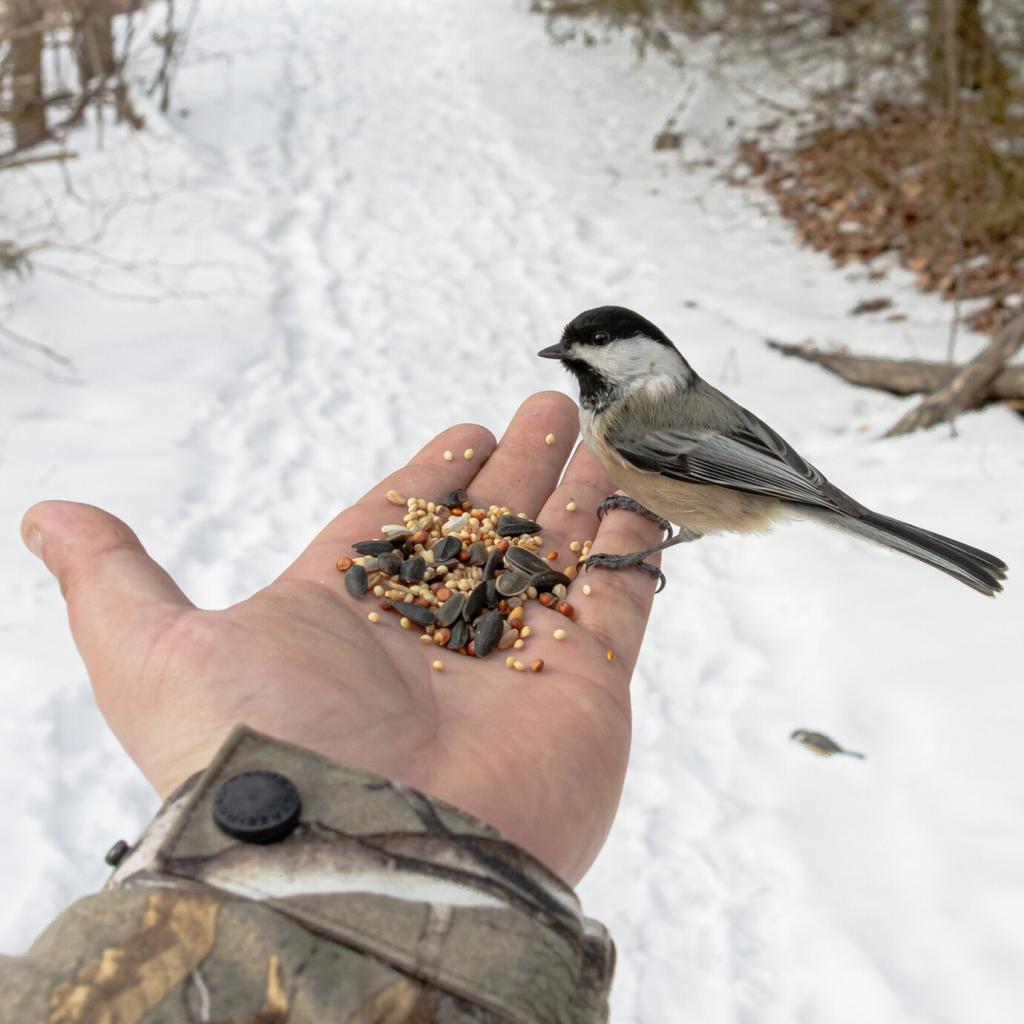Spotting the Exceptional: Identifying Rare Bird Species

Building a Reliable Search Mindset
Rare-bird identification rewards patience, curiosity, and humility. Slow your scanning, question easy answers, and take notes before excitement blurs details. Trust patterns, not hunches, and re-check assumptions later. Share your own pre-dawn rituals or note-taking hacks below so others can learn from your routine.

Knowing What 'Rare' Really Means
Rare to whom, and where? A species may be commonplace globally yet scarce at your patch. Study county checklists, historical records, and seasonal bar charts to align expectations with reality. Add distribution maps to your phone and subscribe to local alerts to anticipate genuine surprises.

Pattern Recognition Over Perfection
Colors mislead; patterns endure. Train your eye on structure, posture, wing-to-tail ratios, and behavior. Think GISS—the general impression of size and shape—before chasing plumage nuances. In comments, post two look-alikes you struggle with, and we’ll workshop structural differences together.
Field Craft: Where and When to Look
Edges produce oddities: mudflats beside reeds, rocky promontories, or lone fruiting trees in dull fields. Search wrack lines, seep-fed corners, and wind-sheltered coves. Move quietly, pause often, and scan from multiple angles. Comment with a microhabitat that delivered your most unexpected bird.
Field Craft: Where and When to Look
Migration compresses possibility. Watch ridgelines, river corridors, and peninsulas that funnel movement. Learn the tight windows for storm-driven pelagics or post-frontal fallouts. Mark dates in a shared calendar and subscribe for our regional window reminders based on real-time reports.
Field Craft: Where and When to Look
North winds after rain, lingering fog, or overnight headwinds can stack migrants in accessible places. After a front, work leeward sides of groves and sun-warmed edges. Tell us your favorite post-front loop, and we’ll feature creative routes from readers next week.
Optics, Photos, and Sound: Tools that Matter
Master binocular hold and focus discipline; keep your scope ready for quick swap from wide scan to tight study. Use a tripod for stability during distant seawatches. Note comparative features aloud to a recorder. What magnification and field of view serve you best? Comment your rationale.
Plumage, Structure, and GISS
Molts, Wear, and Age-Related Variation
Feather edges bleach and fray; molt limits reveal age classes. Juveniles carry different contrasts than adults, and prealternate molts can mislead. Study reference photos for your region and season. Tell us which molt pattern finally clicked for you and how it changed your field confidence.
Structure Beats Color in Most Dilemmas
Bill depth, primary projection, leg length, and tail graduation often settle arguments that plumage cannot. Compare proportions to common stand-ins first. Sketch silhouettes in your notebook to train memory. Share two species you now separate by structure alone to encourage newer birders.
Behavior as an ID Clue
Foragers tell on themselves. A phalarope spins, a pipit pumps, a jaeger harasses. Flight cadence, feeding micro-movements, and flocking style are durable cues. Describe a behavior that sealed your rare ID, and we’ll compile a reader-made behavior glossary.

Rare migrants often give brief flight calls rather than full songs. Learn the chip, seep, and tsip families, plus their typical habitats. Practice at dawn when background noise is low. Post a description of a call you recognized first and how you confirmed it later.

Mockingbirds, starlings, and jays throw curveballs, while regional dialects nudge expectations. Trust combinations of features, not single notes. Record, compare, and re-visit your clips after rest. Share a mimicry tale that fooled you, so we can catalog cautionary examples.

Ten minutes daily beats weekend cram sessions. Rotate families, listen to paired contrasts, and quiz yourself with randomized clips. Keep a listening journal. Comment with your practice routine, and we’ll feature community-built playlists for targeted improvement.

Avoiding Pitfalls and Look-alikes
Common Misidentifications You Can Dodge
Confuse a Common with a rarer cousin? Build checklists of usual suspects and note what truly differs. Create personal flashcards for tricky groups. Comment with a pair you finally separated, and which clinching feature you watch first in the field.
Light, Distance, and the Brain’s Tricks
Backlighting flattens colors, heat shimmers stretch shapes, and the brain fills gaps with desire. Work angles, reduce distance, and pause before declaring victory. Share a photo where light duped you, and how a second vantage reversed your conclusion.
Guarding Against Confirmation Bias
Wanting a rarity makes common birds look special. Start by proving the common ID first, then attempt to disprove it with evidence. Invite peer review. Post your checklist and ask the community to challenge your conclusion constructively.
Conservation and Ethics Around Rarities
Protecting Sensitive Species and Sites
Some birds are stressed by crowds or human proximity. Keep nesting and roosting locations vague when necessary. Follow landowner rules and respect closures. Share how your local group balances access with protection, so others can model that approach.
Minimizing Disturbance While Collecting Evidence
Approach slowly, watch for agitation signals, and leave if behavior changes. Use longer lenses and shorter sessions. Prioritize the bird’s welfare over a perfect shot. Tell us the boundaries you follow, and we’ll craft a reader-driven code of conduct.
Sharing Wisely in the Age of Social Media
Before posting, ask: Will this cause harm? Consider delayed reporting, limited audiences, or obscured map pins. Provide viewing guidelines and parking notes. Comment on your sharing strategy, and we’ll feature thoughtful examples from the community.
Stories from the Field
After a windstorm, a small shape spun on a roadside puddle kilometers from any lake. Structure, behavior, and a quick audio clip sealed the ID. A passerby asked, “Duck?” We laughed later, grateful we stopped. Share your most unlikely location for a rare bird.
